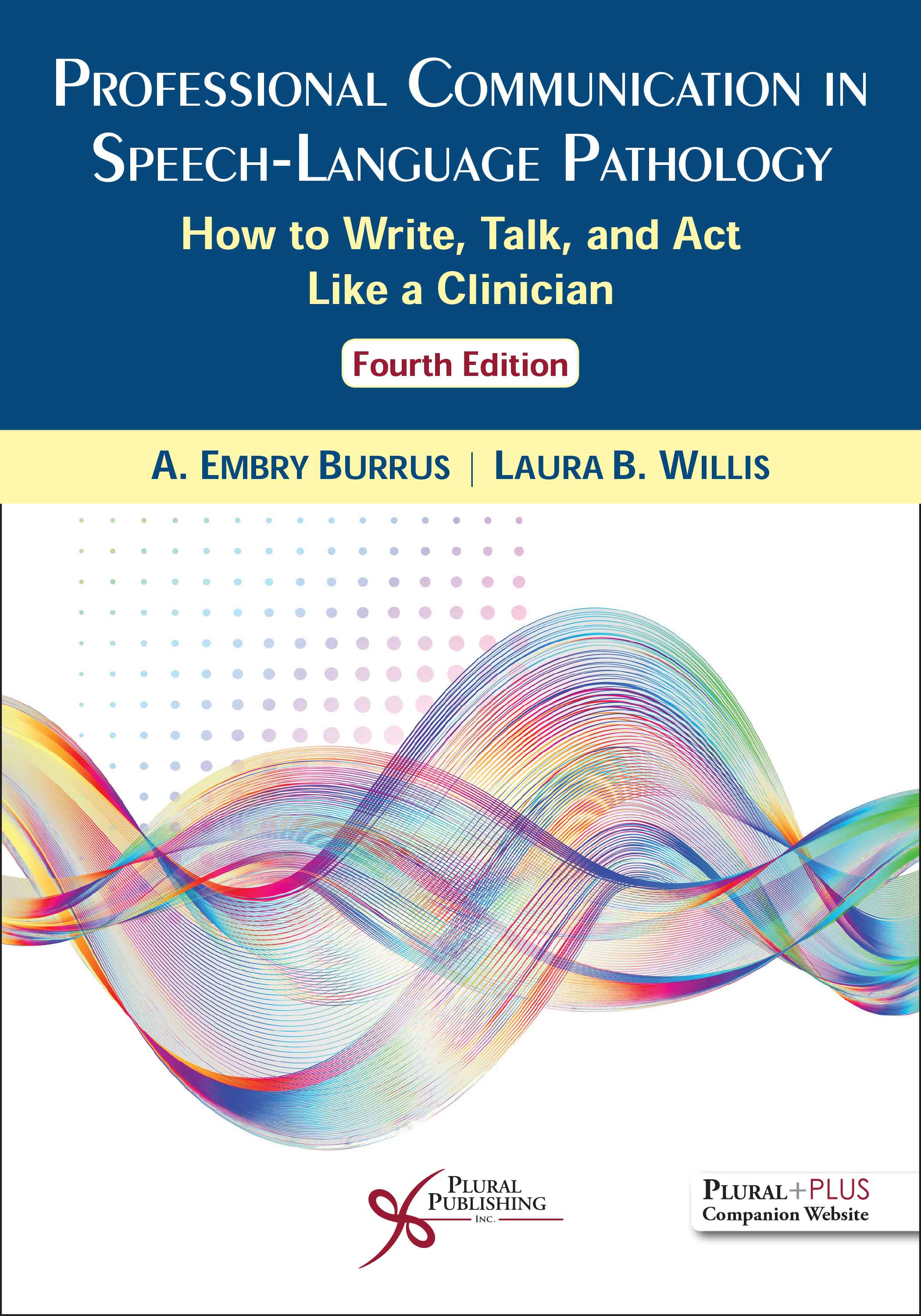
Professional Communication in Speech-Language Pathology: How to Write, Talk, and Act Like a Clinician.
Fourth Edition
A. Embry Burrus, Laura B. Willis
Details: 286 pages, B&W, Softcover, 7" x 10"
ISBN13: 978-1-63550-168-1
© 2022 | Available
In Professional Communication in Speech-Language Pathology: How to Write, Talk, and Act Like a Clinician, Fourth Edition, the authors introduce student clinicians to the various types of written and verbal communication they will encounter across three different clinical settings: university clinics, medical settings, and public schools. The text is written in a student-friendly manner, with appendices that provide examples of diagnostic and treatment reports, data sheets, and important acronyms in medical and school settings. Chapters cover verbal interactions with families, allied professionals, and supervisors, as well as written and verbal communication across the university, medical, and school settings. Also included are scenarios written in the form of vignettes that address issues of ethics, interviewing, and procedures for managing protected health information.
New to the Fourth Edition
- New pedagogical features (chapter learning outcomes and reflection questions).
- References and content updated throughout to reflect the current state of research and evidence-based practice.
- Updated information regarding current requirements and policies for written documentation.
- Expanded information regarding HIPAA and the ASHA Code of Ethics.
- Expanded content regarding interacting with supervisors and generational differences.
- Material on methods for improving writing and editing.
- Numerous additional examples to further clarify the content and portions reorganized for greater flow of information.
- Content has been edited to be more concise and reader friendly.
- A PluralPlus companion website which includes PowerPoint lecture slides, reflection questions, and active learning activities.
Review
"One of the best features about this title, including its website resources, is that the information presented is practical and applicable to clinical work performed by just about all SLPs. Graduate students entering their new clinical practicums should find chapter 2 very helpful as it describes how to work with patients, clients, and hospital and school professionals. The attention paid to cultural competence is invaluable as students learn to respect people from all nations, cultures, and beliefs.
There are many wonderful things about this book. The additional information included by the authors further enhances its value. Online materials are extremely useful in the classroom setting, and when the instructors add self-reflection to interactive learning, the students are off to a great start in their career."
—Lorelei J. Peirson, MA, Biola University, in Doodys Book Reviews (October 2020)
Preface
Section I. Introduction to Professional Communication, Clinical Practicum Sites, and Ethics
Chapter 1. The Nature of Professionalism and Professional Communication
Learning Outcomes
Introduction
Professional Written Communication
Professional Verbal Communication
Shared Components of Professional Written and Verbal Communication
Reflection Questions
Chapter 2. Learning as They Change Rules: The Many Faces of Clinical Practicum
Learning Outcomes
Introduction
Interacting with Supervisors Across Settings
Clinical Settings
University Setting
Medical Setting
School Setting
Reflection Questions
Chapter 3. Ethics, Confidentiality, and Safeguarding Clinical Communications
Learning Outcomes
Health Insurance Portability and Accountability Act (HIPAA)
American Speech-Language-Hearing (ASHA) Code of Ethics
The University Speech and Hearing Clinic
Treatment Plans and Progress Notes
Formal Treatment Reports
Formal Diagnostic Report
Test Forms
Information on Flash Drives Used by Students
Electronic Transmissions
Authorization Forms
Therapy Schedules
Verbal Discussions
Audio/Video Recordings
The Medical Setting
The School Setting
Reflection Questions
Section II. Professional Written Communication
Chapter 4. Documentation and Technical Writing
Learning Outcomes
The Basics of Writing
Tone and Language
Common Errors
Remember Your Audience
Editing
Reflection Questions
Chapter 5. Diagnostic Reports
Learning Outcomes
The Organizational Framework of a Diagnostic Report
The University Setting
The Medical Setting
The School Setting
Reflection Questions
Chapter 6. Treatment Documentation
Learning Outcomes
What Are Long-Term and Short-Term Goals?
Definition of a Goal
The Importance of Rationales
Data Is Critical
The University Setting
The Integration of Long-Term Goals (LTGs), Short Term Goals (STGs), and Rationales
The Medical Setting
The Rehabilitation Setting
The Hospital Setting
Long-Term Care/Skilled Nursing Facility
The School Setting
Individualized Education Program (IEP)
Individualized Family Services Plan (IFSP)
How Is the IFSP Different From the IEP?
How Does the IEP Reflect Specific Goals?
Similarities and Differences in Goal Writing across Settings
Reflection Questions
Chapter 7. Short-Term Progress Reports
Learning Outcomes
Progress Reports
The University Setting
Example 1: Aphasia Client
Example 2: Child Langauge Client
Example 3: Child Articulation Client
Example 4: Fluency Client
The Medical Setting
The School Setting
Reflection Questions
Chapter 8. Long-Term Progress Reports
Learning Outcomes
Progress Reports
The University Setting
The Medical Setting
The Rehabilitation Setting
The Hospital Setting
Long-Term Care/Skilled Nursing Facility
The School Setting
Reflection Questions
Chapter 9. Professional Correspondence
Learning Outcomes
Format/Organization
Phone Correspondence
Reflection Questions
Section III. Professional Verbal Communication
Chapter 10. Interacting with Clients and Families
Learning Outcomes
Selected Critical Elements of Professional Verbal Communication
Show Respect
Organize
Use Professional Tone
Listen and Understand
Attent To Context
Modify Based On Feedback
The Value of Experience
Contexts of Verbal Communication with Clients and Families
Informational Counseling
Three Important Issues Common to All Diagnostic Interviews
Diagnostic Interviews with Parents
Diagnostic Interviews with Adult Clients and Their Family Members
Methods of Maximizing Retention
Conducting Training Sessions for Developing a Home Treatment Program
DIscussing Treatment Progress with Clients and Families
Counseling Clients and Families About Treatment Issues
Personal Adjustment Counseling
Reflection Questions
Chapter 11. Interacting with Other Professionals
Learning Outcomes
Contexts of Verbal Communication with Other Professionals
Consultations
Staffings and Meetings
Collaboration (Push In and Pull Out)
Solving Problems in Informal Daily Interactions
Making Mistakes
Misunderstandings and Miscommunications
Reflection Questions
Chapter 12. Interacting with Individuals from Diverse Backgrounds
Learning Outcomes
Introduction
Cultural Competence and the SLP
The Therapeutic Cycle
Reflection Questions
Chapter 13. Interacting with Supervisors
Learning Outcomes
The Evolution of the Student and Supervisor Relationship Through the Practicum Experience
The Supervisory Relationship
Goals of Supervisors and Students
Critical Differences Between Supervisors and Students
Remember the Principles of Professional Verbal Communication
Communication Issues You May or May Not Encounter
Mistaks Students Make
Generational Differences
Millennials and Technology
Baby Boomers, Generation X, and Generation Z
Reflection Questions
Appendices
Appendix A. Samples of University Clinic Diagnostic Report for a Child Client
Appendix B. Sample of University Clinic Diagnostic Report for an Adult Client
Appendix C. Sample of Inpatient Rehab Assessment Report for Speech/Language/Swallowing
Appendix D. Examples of a University Clinic Daily Treatment Plan
Appendix E. List of Selected Abbreviations Used in School Settings
Appendix F. List of Selected Abbreviations Used in Medical Settings
Appendix G. Examples of a University Clinic Long-Term Treatment Report
Appendix H. Examples of Data Sheets
Appendix I. Examples of Progress Notes in the SOAP format
Appendix J. Examples of Long-Term Graphs
References
Index
INSTRUCTOR: Professional Communication in Speech-Language Pathology: How to Write, Talk, and Act Like a Clinician, Fourth Edition comes with access to supplementary instructor materials on a PluralPlus companion website.
To access the instructor materials, you must contact Plural Publishing, Inc. to be verified as an instructor and receive your access code.
Email: instructormaterials@pluralpublishing.com
Tel: 866-758-7251 (toll free) or 858-492-1555
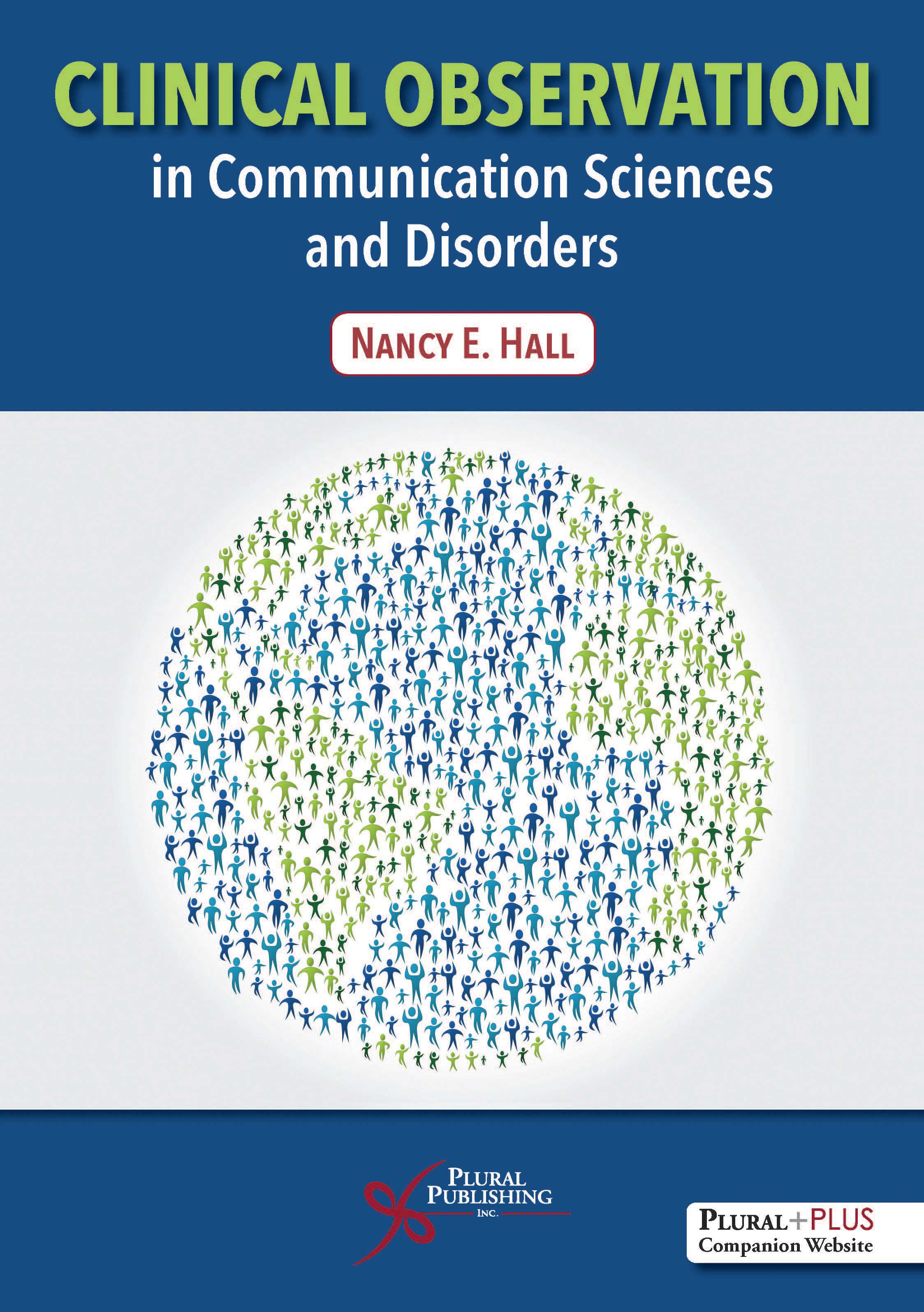
Clinical Observation in Communication Sciences and Disorders
First Edition
Nancy E. Hall
Details: 185 pages, B&W, Softcover, 7" x 10"
ISBN13: 978-1-63550-019-6
© 2019 | Available
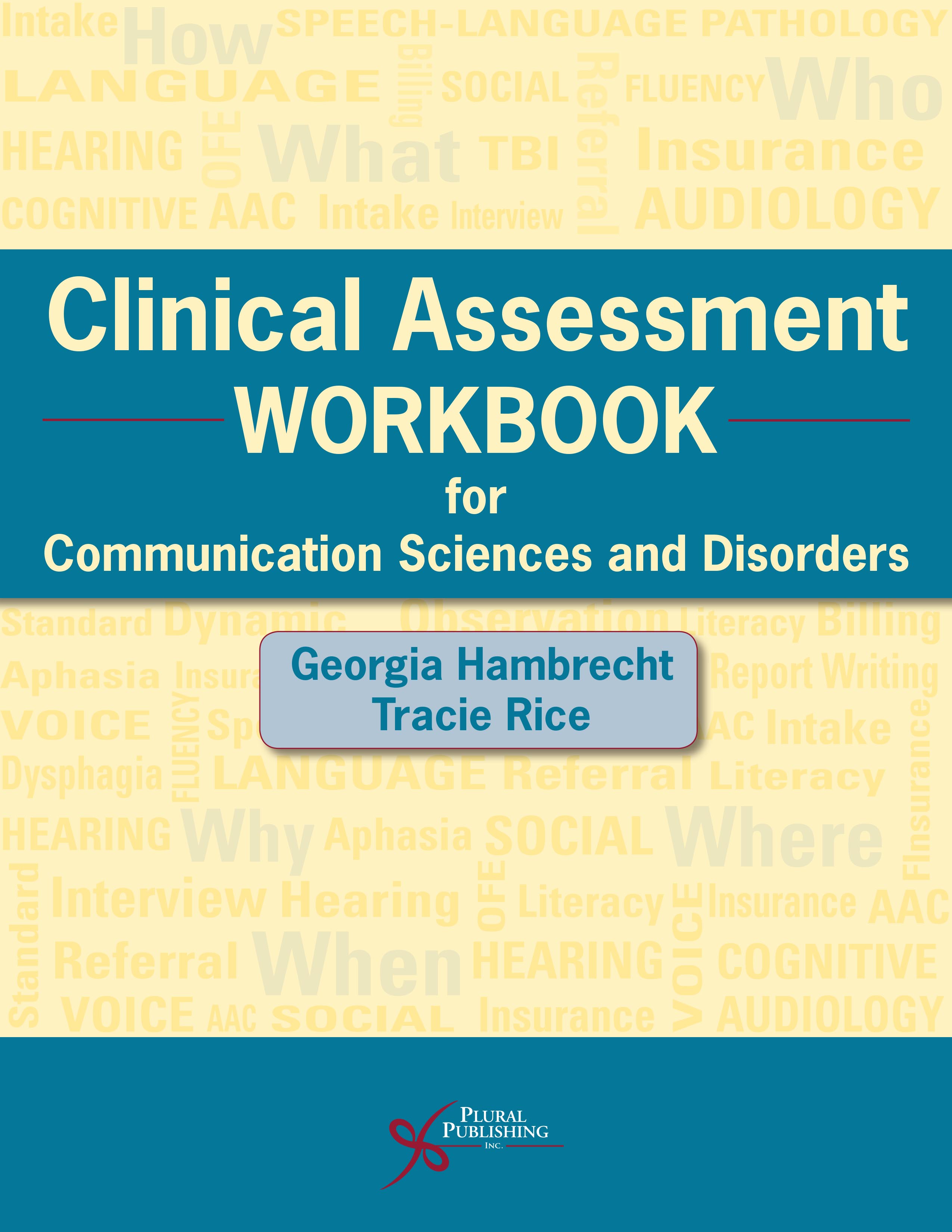
Clinical Assessment Workbook for Communication Sciences and Disorders
First Edition
Georgia Hambrecht, Tracie Rice
Details: 301 pages, B&W, Spiral Bound, 8.5" x 11"
ISBN13: 978-1-63550-034-9
© 2020 | Available
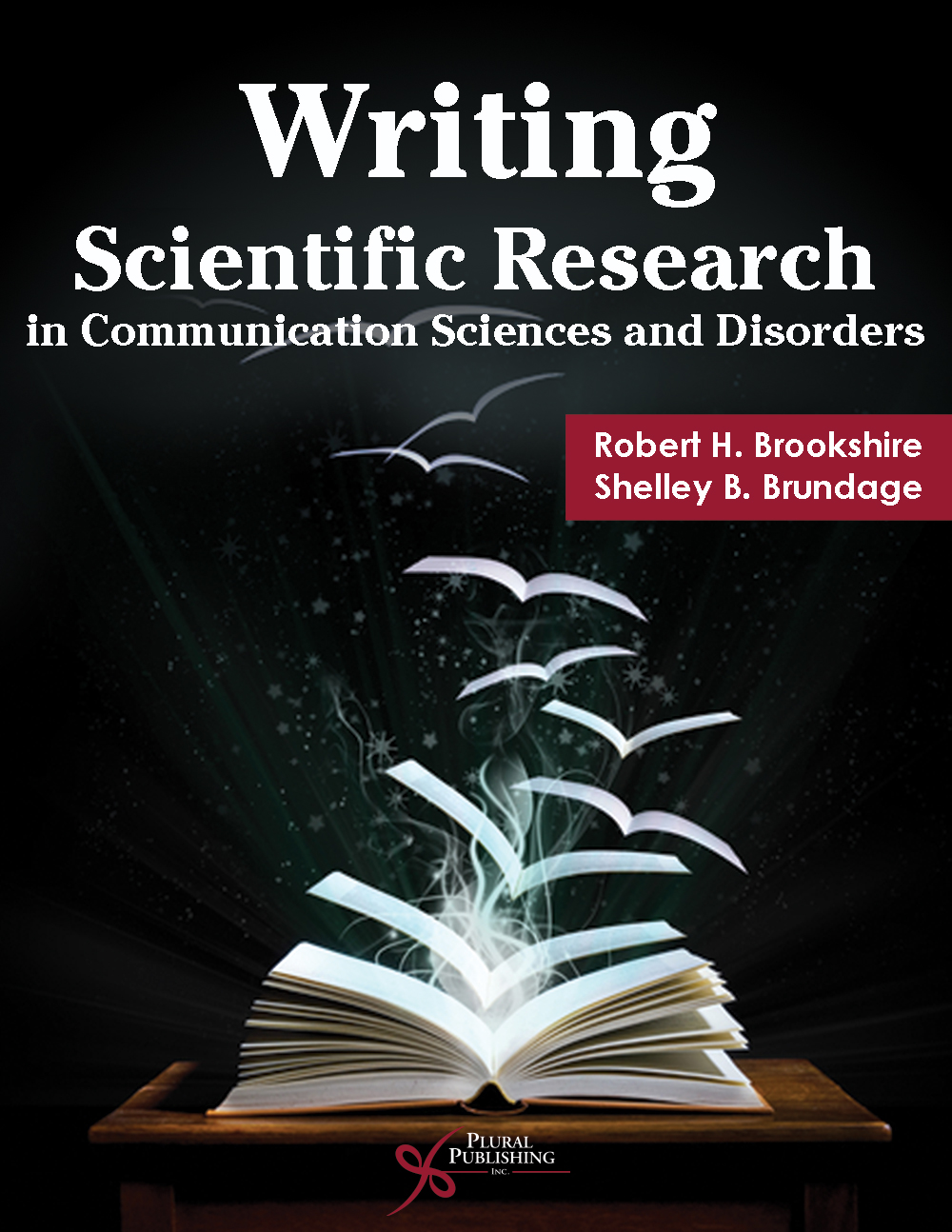
Writing Scientific Research in Communication Sciences and Disorders
First Edition
Robert H. Brookshire, Shelley B. Brundage
Details: 214 pages, B&W, Softcover, 7" x 10"
ISBN13: 978-1-59756-614-8
© 2016 | Available
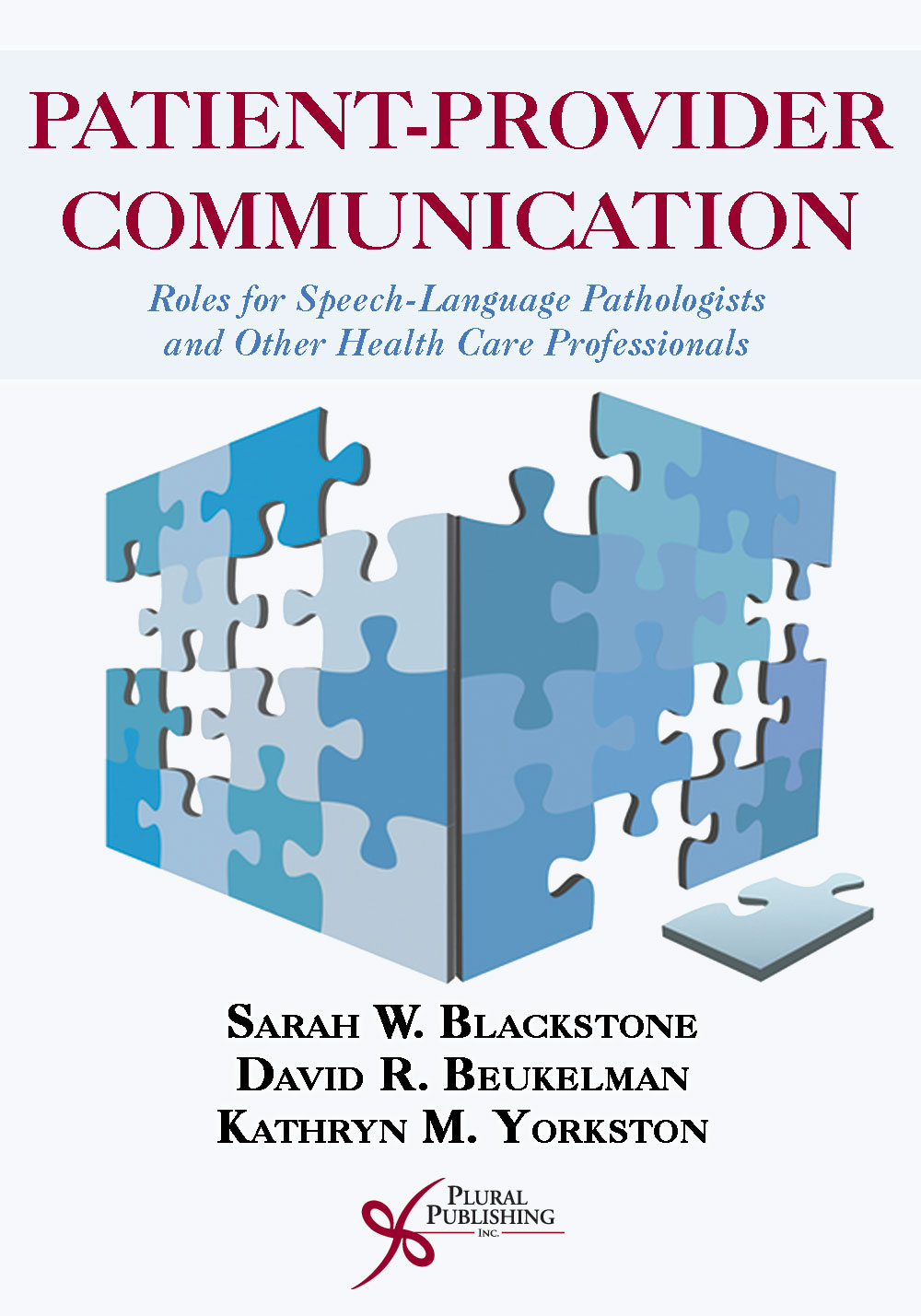
Patient-Provider Communication: Roles for Speech-Language Pathologists and Other Health Care Professionals
First Edition
Sarah W. Blackstone, David R. Beukelman, Kathryn M. Yorkston
Details: 352 pages, B&W, Softcover, 7" x 10"
ISBN13: 978-1-59756-574-5
© 2015 | Available

Professional Communication in Audiology
First Edition
Virginia Ramachandran, Brad A. Stach
Details: 160 pages, B&W, Softcover, 6" x 9"
ISBN13: 978-1-59756-365-9
© 2013 | Available
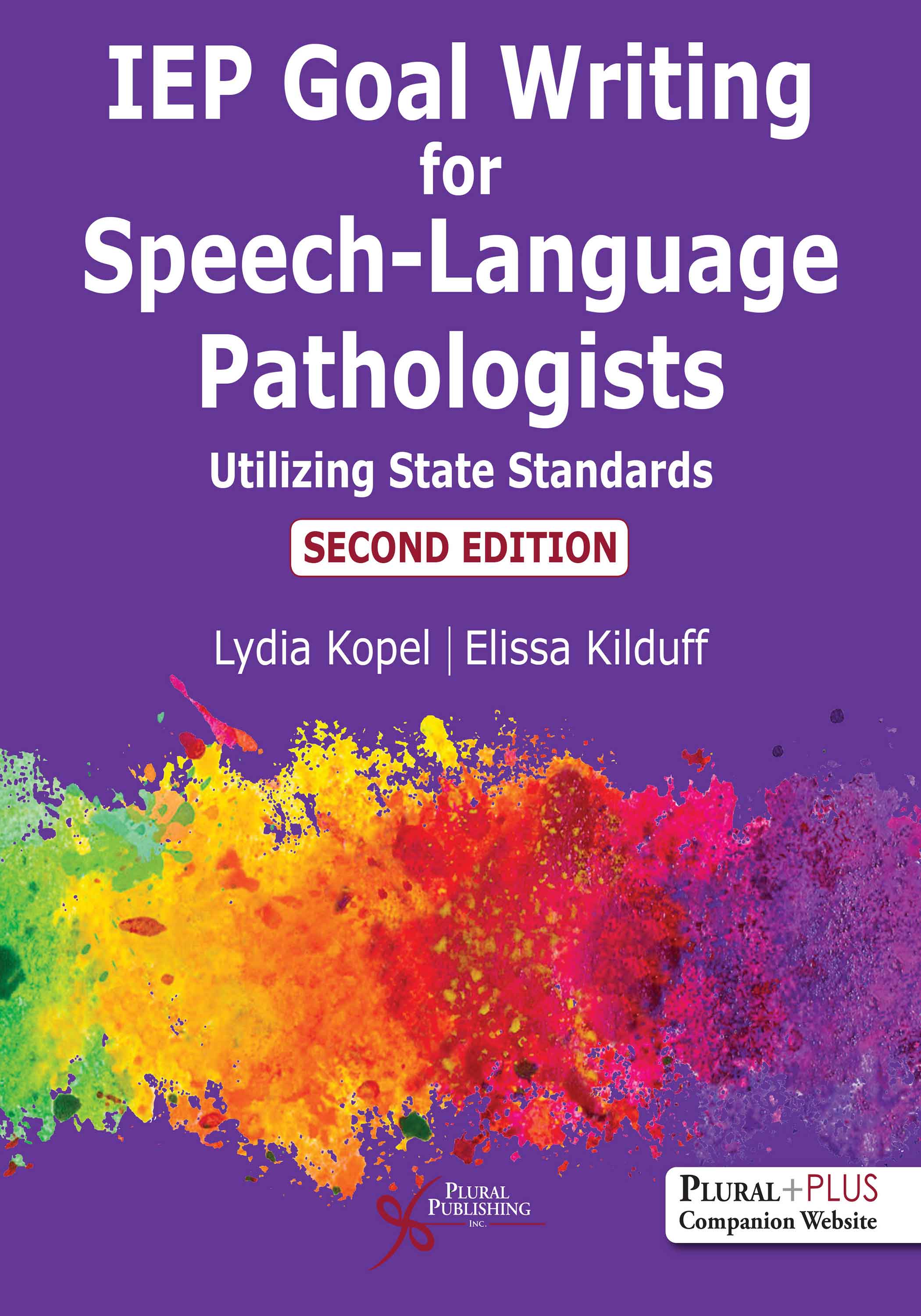
IEP Goal Writing for Speech-Language Pathologists: Utilizing State Standards
Second Edition
Lydia Kopel, Elissa Kilduff
Details: 243 pages, B&W, Softcover with layflat binding, 8.5" x 11"
ISBN13: 978-1-63550-202-2
© 2021 | Available
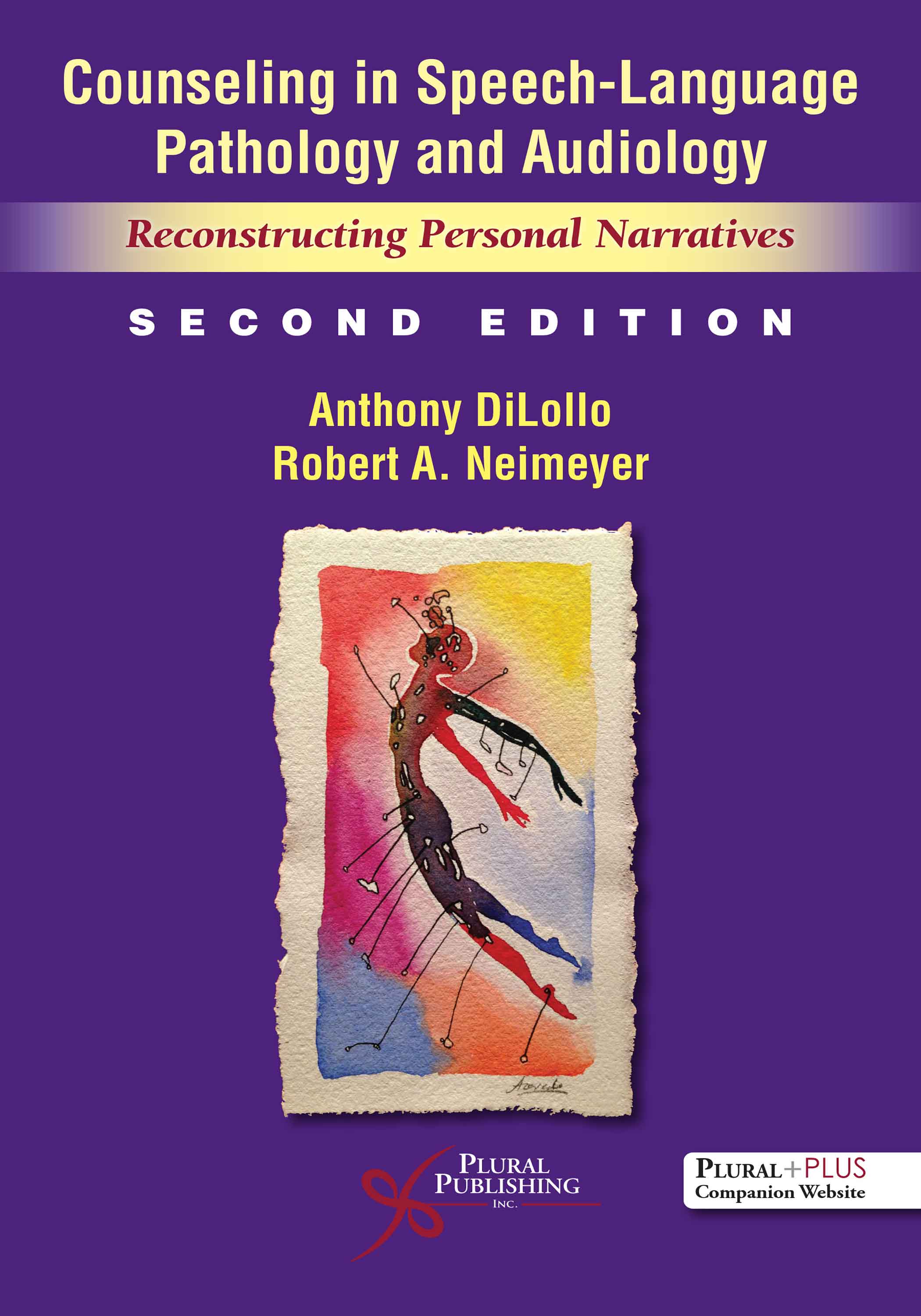
Counseling in Speech-Language Pathology and Audiology: Reconstructing Personal Narratives
Second Edition
Anthony DiLollo, Robert A. Neimeyer
Details: 360 pages, B&W, Softcover, 6" x 9"
ISBN13: 978-1-63550-298-5
© 2022 | Available
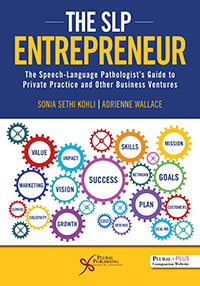
The SLP Entrepreneur: The Speech-Language Pathologist’s Guide to Private Practice and Other Business Ventures
First Edition
Sonia Sethi Kohli, Adrienne Wallace
Details: 309 pages, B&W, Softcover, 7" x 10"
ISBN13: 978-1-63550-385-2
© 2023 | Available
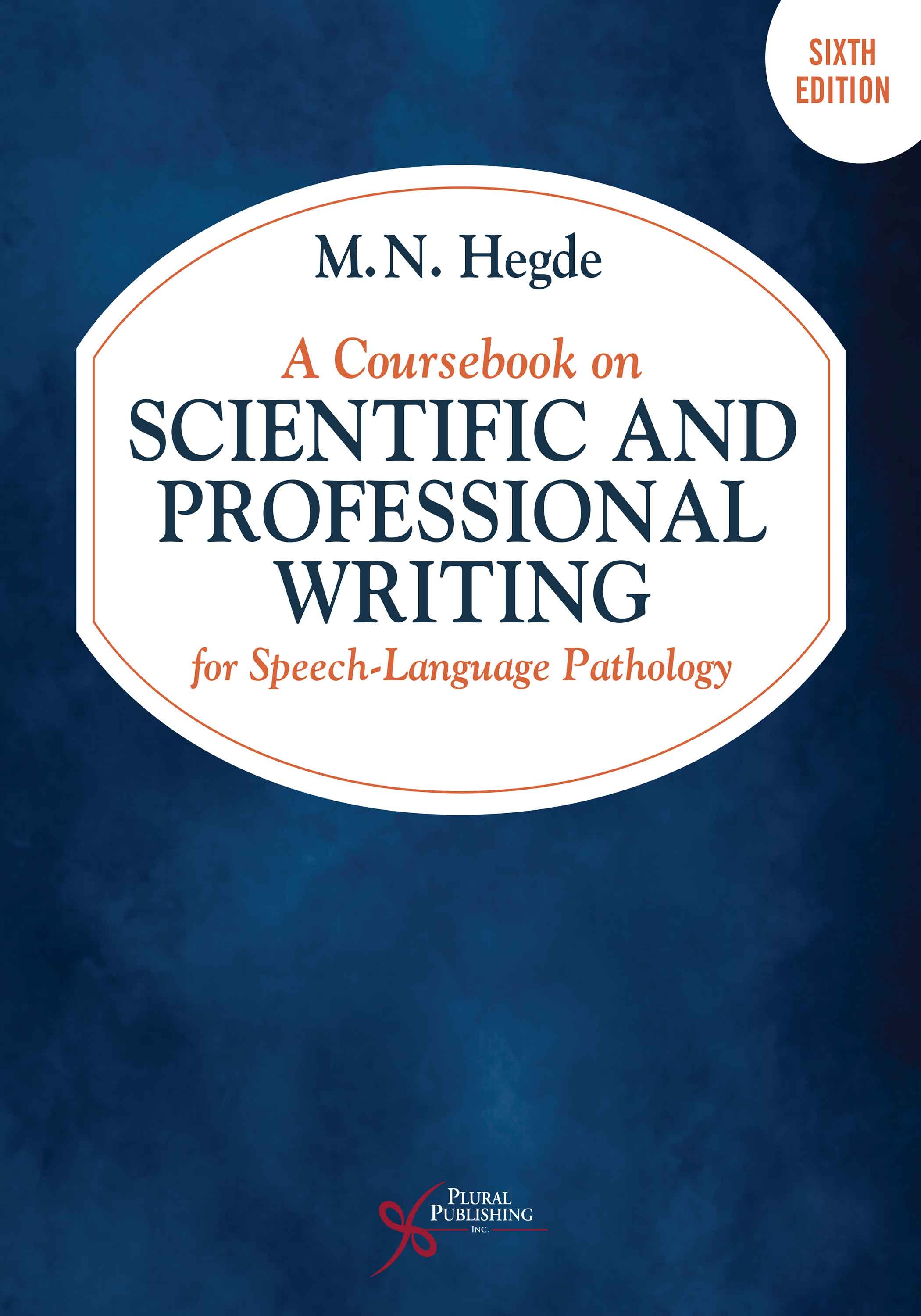
A Coursebook on Scientific and Professional Writing for Speech-Language Pathology
Sixth Edition
M.N. Hegde
Details: 459 pages, B&W, Spiral, 8.5" x 11"
ISBN13: 978-1-63550-401-9
© 2024 | Available
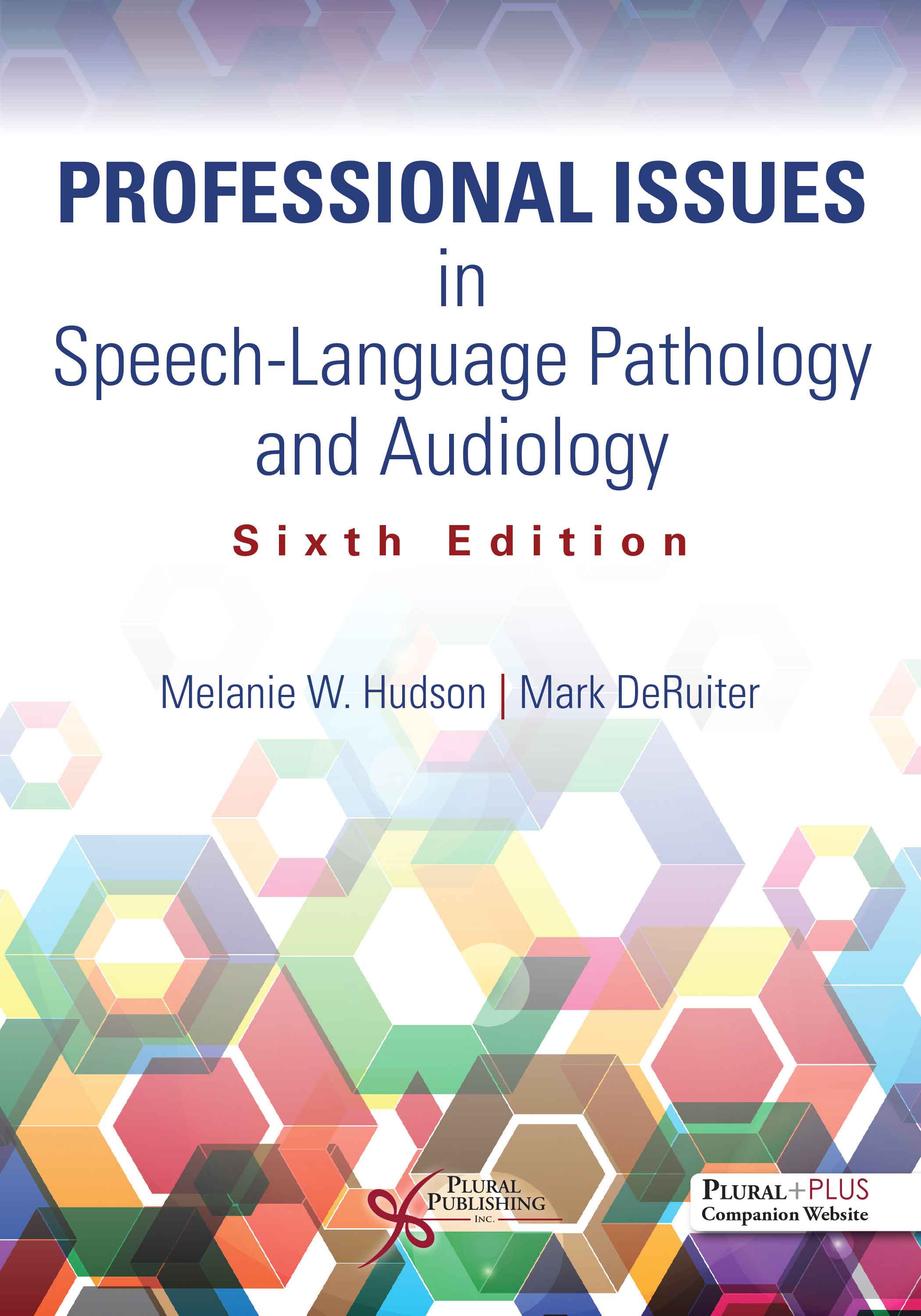
Professional Issues in Speech-Language Pathology and Audiology
Sixth Edition
Melanie W. Hudson, Mark DeRuiter
Details: 541 pages, Two-Color, Softcover, 7" x 10"
ISBN13: 978-1-63550-655-6
© 2025 | Available
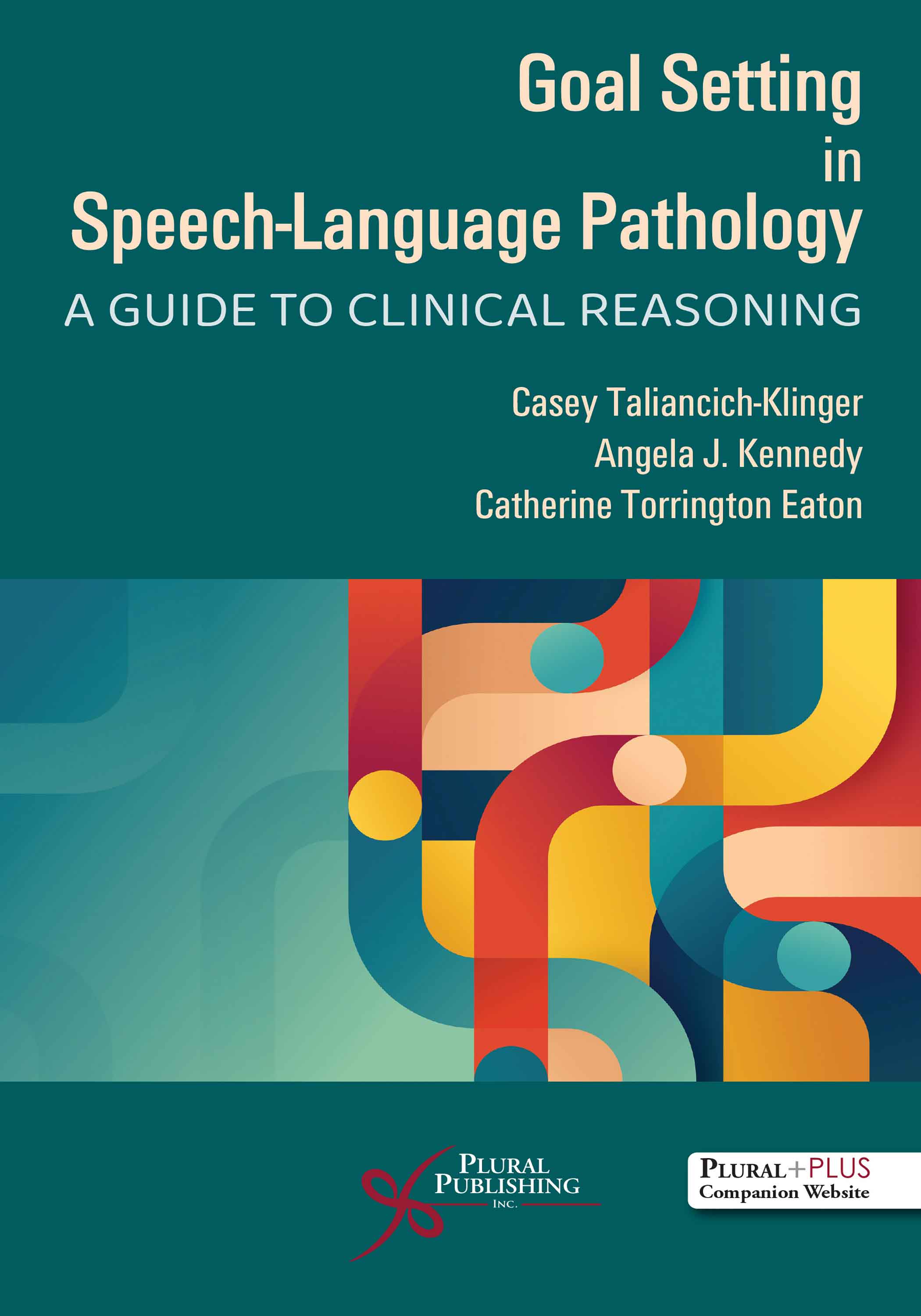
Goal Setting in Speech-Language Pathology: A Guide to Clinical Reasoning
First Edition
Casey Taliancich-Klinger, Angela J. Kennedy, Catherine Torrington Eaton
Details: 114 pages, B&W, Softcover, 6" x 9"
ISBN13: 978-1-63550-432-3
© 2025 | Available

Clinical Methods and Practicum in Speech-Language Pathology
Seventh Edition
M.N. Hegde
Details: 413 pages, B&W, Softcover, 6" x 9"
ISBN13: 978-1-63550-691-4
© 2025 | Available
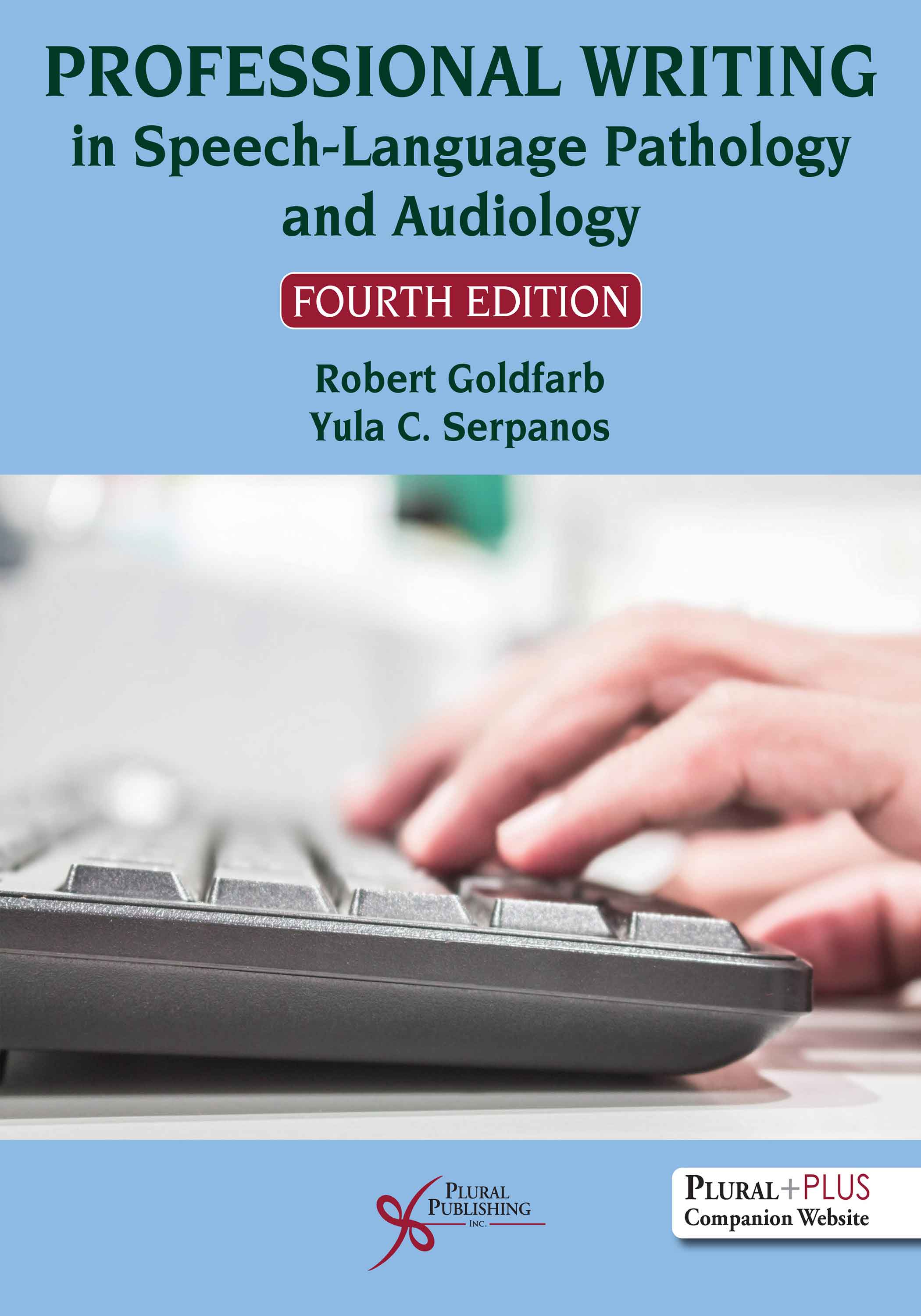
Professional Writing in Speech-Language Pathology and Audiology
Fourth Edition
Robert Goldfarb, Yula C. Serpanos
Details: 393 pages, B&W, Softcover, 8.5" x 11"
ISBN13: 978-1-63550-701-0
© 2025 | Available


